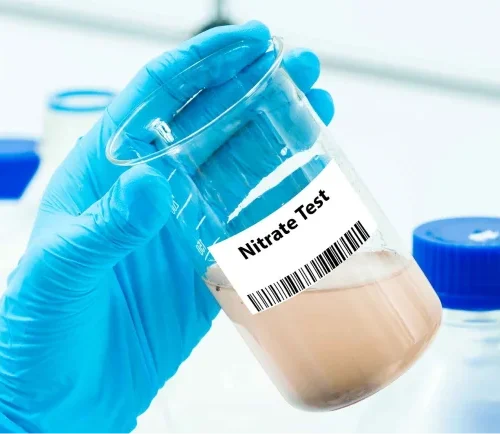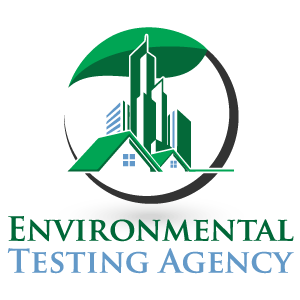Frequently Asked Questions (FAQs)
They primarily come from agricultural runoff, wastewater, and industrial pollution. When fertilizers, animal waste, or sewage leach into the water supply, they increase nitrate and nitrite levels.
The EPA recommends a maximum level of 10 mg/L for nitrates and 1 mg/L for nitrites in drinking water.
Testing is the only way to know for sure. Home testing kits or professional lab services can help you determine the nitrate and nitrite levels in your water.
No, boiling water does not remove nitrates and nitrites. You need specific filtration systems, like reverse osmosis, to reduce their presence in water.
Reverse osmosis (RO) is one of the most effective filtration methods for removing nitrates and nitrites from drinking water.
Conclusion
Nitrates and nitrites are naturally occurring chemicals, but high levels in drinking water can pose serious health risks, especially for infants and vulnerable populations. By understanding where nitrates and nitrites come from, how to detect them, and the best ways to reduce them, you can ensure safe drinking water for yourself and your family. Regular testing, proper waste management, and the use of effective filtration systems are key steps in managing nitrate and nitrite contamination in water.


